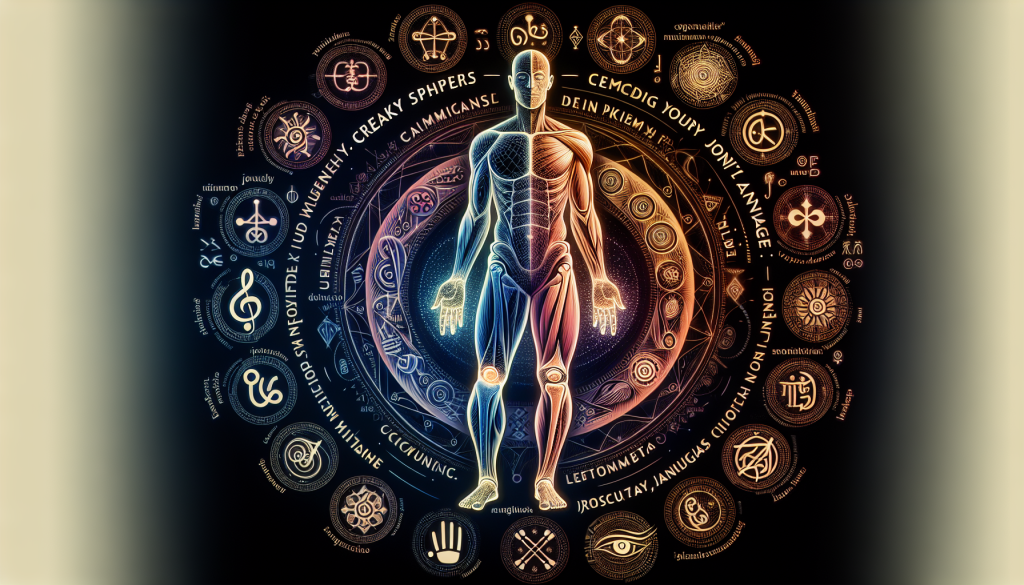
Creaky Whispers: Decoding Your Body’s Joint Language
Creaky Whispers: Decoding Your Body’s Joint Language
Have you ever heard a creaking or cracking sound coming from your joints when you move? It’s a common occurrence and is often accompanied by a sense of discomfort or pain. But did you know that these noises can actually tell us something about the health of our joints? Yes, our body has a unique language of its own and understanding it can help us take better care of ourselves. In this article, we will dive into the world of creaky whispers and understand what they are trying to tell us about our joints.
What causes creaking and cracking in joints?
Before we unravel the hidden meaning behind creaky whispers, let’s first understand what causes these sounds. Our joints are made up of bones, cartilage, and synovial fluid, which work together to provide movement and cushioning. When we move, the bones in our joints rub against each other, and the fluid acts as a lubricant to reduce friction. Sometimes, air bubbles get trapped in the synovial fluid, and when they burst, it can cause the popping or cracking sound. Similarly, the creaking sound can be a result of the cartilage’s rough surface rubbing against the bones.
What do different types of creaky whispers mean?
Now, let’s get to the interesting part – deciphering the hidden messages of creaky whispers. The type of sound your joint makes can give you clues about its current state and can indicate any underlying issues. Here are a few examples:
Light clicking or popping
This type of sound is usually harmless and is a common occurrence in younger individuals. It typically happens when air bubbles are released from the synovial fluid. However, if the popping is accompanied by pain or swelling, it could be a sign of cartilage damage.
Loud cracking or grinding
When the creaky whisper is accompanied by a loud crack or grinding sensation, it could be a sign of osteoarthritis. Over time, the protective cartilage in our joints wears down, and it can lead to bone rubbing against bone, causing these types of sounds. If you experience this regularly, it’s best to consult a doctor.
Painful creaks and cracks
Creaky whispers that are accompanied by pain, stiffness, or swelling should not be ignored. It could be a sign of a more severe condition such as rheumatoid arthritis or gout. Getting a proper diagnosis and treatment is crucial in such cases.
How to keep your joints healthy?
It’s essential to take care of our joints, as they play a vital role in our everyday movements. Here are a few tips to keep your joints healthy and prevent creaky whispers:
- Stay active – Regular exercise can help strengthen the muscles around your joints and improve flexibility.
- Maintain a healthy weight – Excess weight can put added pressure on your joints, leading to wear and tear.
- Stretch before exercising – Warming up before a workout can help prevent injuries and reduce joint pain.
- Stay hydrated – Drinking enough water can help improve the viscosity of the synovial fluid and reduce friction in your joints.
- Get enough rest – Adequate rest and sleep are crucial for healthy joints and can help reduce inflammation.
- Include joint-friendly foods in your diet – Foods rich in omega-3 fatty acids, vitamin C, and antioxidants can help improve joint health.
Conclusion
Creaky whispers are not just random noises made by our joints, but they can actually tell us a lot about their health. By paying attention to the type of sound and any accompanying symptoms, we can better understand what our bodies are trying to communicate. Taking proper care of our joints through exercise, a healthy diet, and rest can help prevent creaky whispers and keep our joints in good shape. So, listen to your body’s joint language and take steps towards improving your joint health.